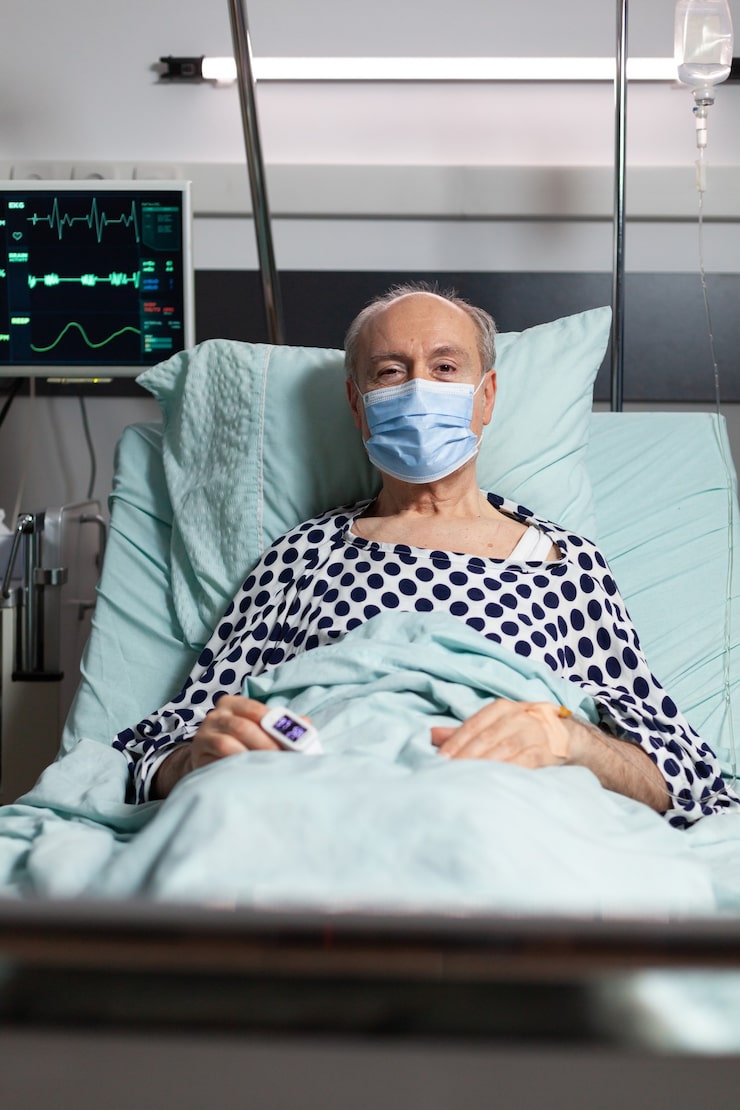Not all lung cancers can be prevented, but you can take many steps to lower your risk. With people living longer and smoking rates rising in some places, the chance of developing lung cancer is higher than it used to be.
Small, healthy changes—like quitting smoking or avoiding secondhand smoke, getting more exercise, eating a balanced diet, and learning how to stop vaping—can help you live longer and feel better.
The growing risk of lung cancer
Since the 1970s, the risk of lung cancer has steadily climbed for both men and women. In the U.S., lung cancer is the leading cause of cancer death for both sexes. Long-term smoking is the main cause, since repeated damage to the lungs encourages cancer to develop.

Exposure to secondhand smoke also raises your risk of serious health problems, including lung cancer. But smoking isn’t the only risk; it’s important to stay informed about other factors that affect your health.
Avoid tobacco
The American Cancer Society says smoking is one of the biggest risk factors for lung cancer. It’s the main cause of both small cell and non-small cell lung cancers.
Quitting smoking is the single most effective way to reduce your lung cancer risk. It’s hard and may take several attempts, but quitting is the most important step you can take. Keep in mind that a history of smoking still increases your risk.
After you quit, it’s a good idea to get a low-dose CT scan, which can detect early signs of lung cancer when treatment is most effective. Quitting also boosts your energy, lowers your stroke risk, and reduces your chances of developing many other cancers.
If you’ve never smoked, don’t start—it’s one of the best choices you can make for your health and the people around you.
Test for radon gas
Radon is an invisible, odorless radioactive gas produced when uranium in soil, rock, or water breaks down. It can seep into homes through foundation cracks and other openings.
Radon can build up to dangerous levels indoors and has been linked to lung cancer. If you live in an area known for high radon levels, test your home regularly.
You can buy at-home radon tests online. If your test is positive, hire a radon mitigation specialist to help lower the level in your home.
Choose a healthy lifestyle
Research suggests a low-fat, high-fiber diet with at least five servings of fruits and vegetables daily, plus whole grains and lean protein, can lower cancer risk, including lung cancer, and protect heart health.
Aim for at least 30 minutes of moderate aerobic activity four to five times a week—walking, running, swimming, biking, or rollerblading all count. If that’s too much at first, even 10 minutes a day offers benefits. Any regular exercise helps control weight, reduce heart disease and stroke risk, and improve physical and mental health.
Exercise also strengthens your lungs, reduces inflammation, and supports your immune system—important defenses against serious illnesses like lung cancer.
Know your family history
A family history of cancer raises your own risk. Even one relative with lung cancer can increase your chances.
Look into your family’s medical history, check for inherited conditions, and talk to your doctor about lung cancer screening if needed. Certain genetic conditions raise cancer risk, including BRCA1 or BRCA2 mutations, Lynch syndrome, RECA, and CHEK2. These can increase the likelihood of cancers such as lung, breast, colon, and prostate. Ask your doctor about testing and next steps.
Limit exposure to secondhand smoke
Reduce and avoid secondhand smoke whenever possible. Non-smokers who breathe cigarette smoke are exposed to more than 7,000 chemicals, many of which are known carcinogens.
Secondhand smoke includes the smoke from a burning cigarette and the smoke exhaled by a smoker. This mix can damage lung cells and raise cancer risk.
If you live with a smoker, set a strict smoke-free rule in your home to protect yourself and your family. In public, avoid designated smoking areas and venues that allow indoor smoking.